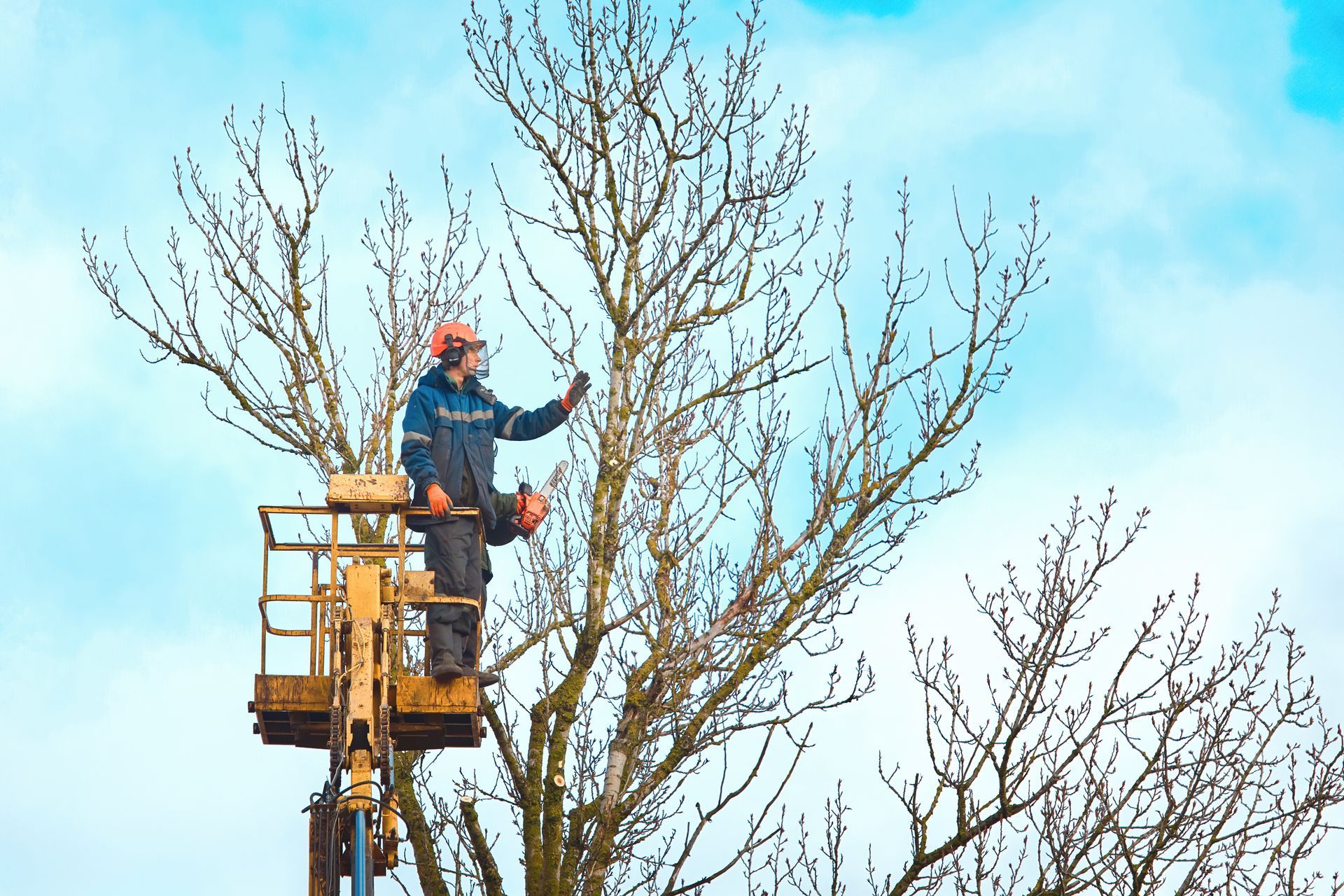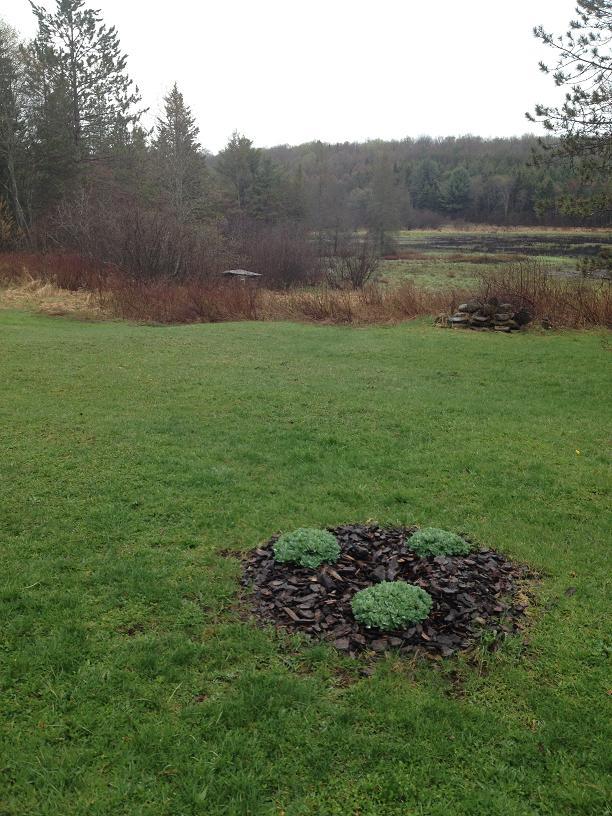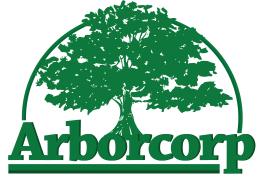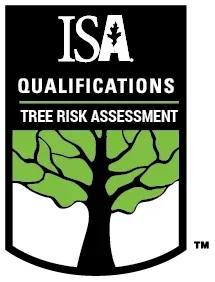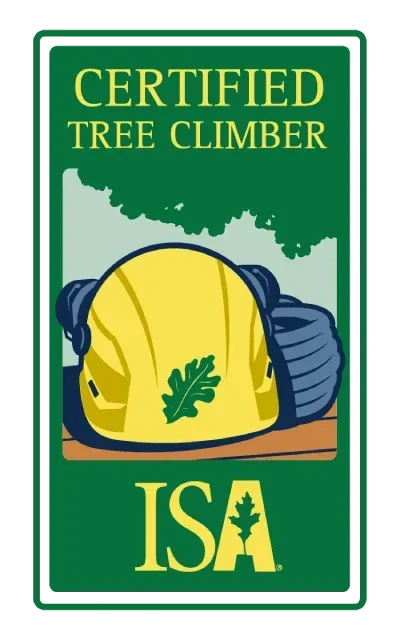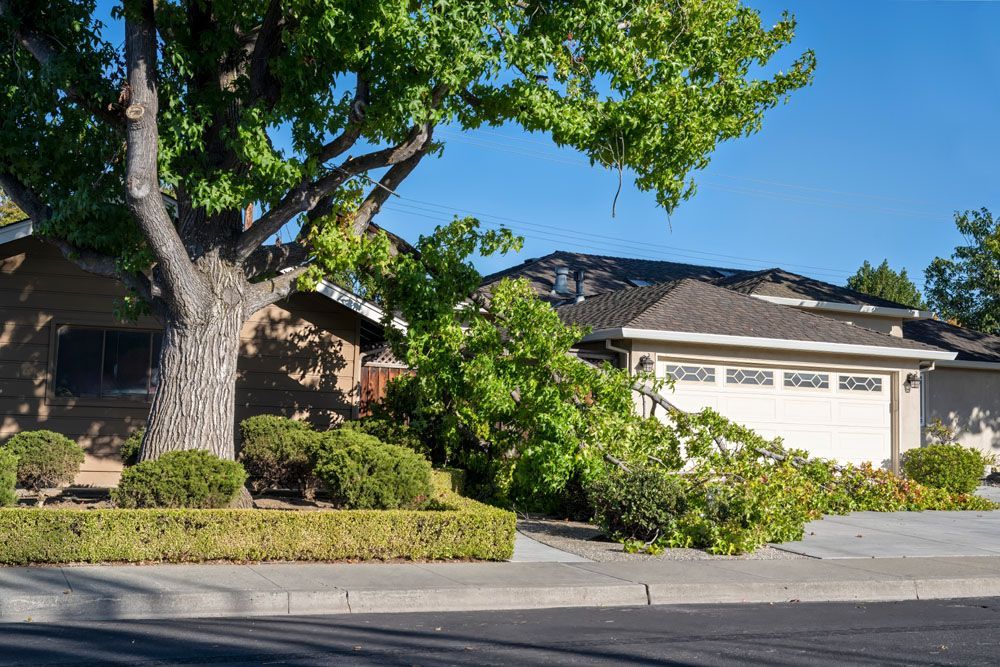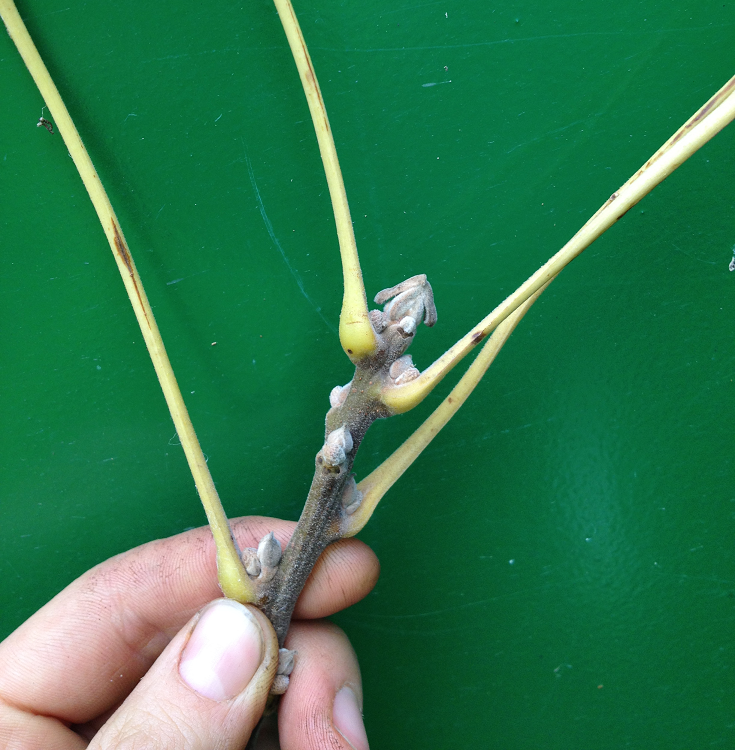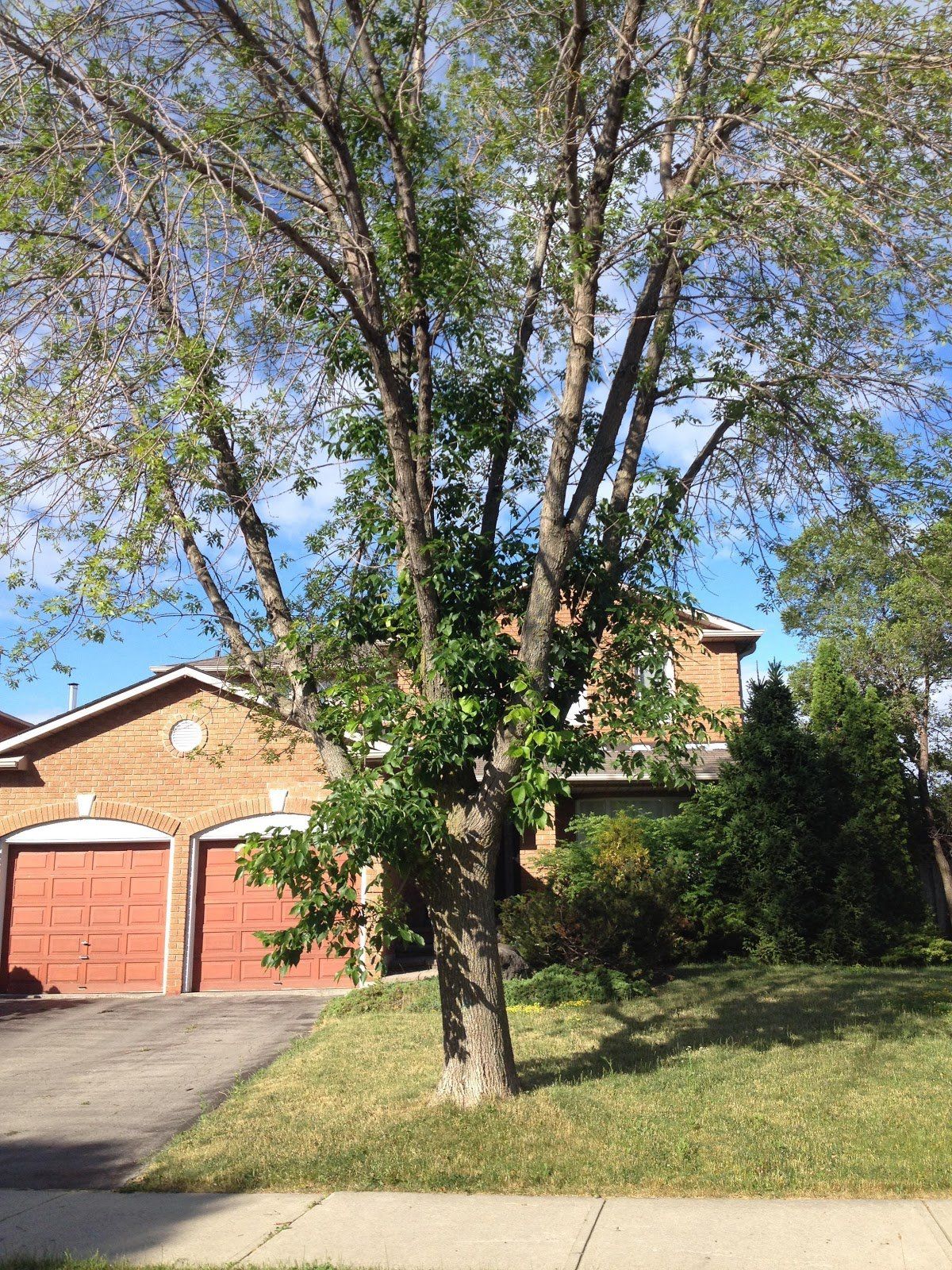Post-Winter Tree Assessment: Spotting Damage and Planning Repairs
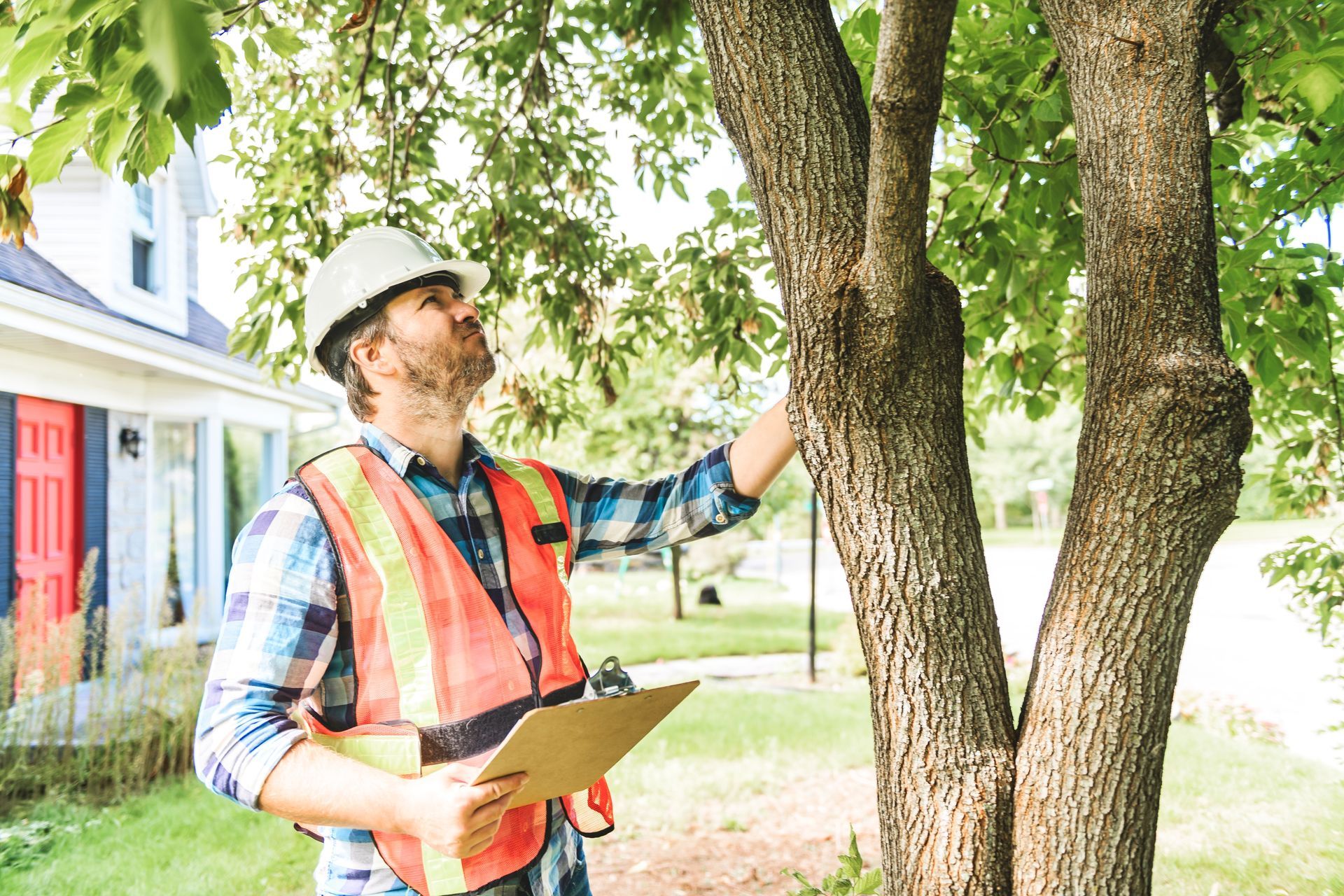
How Ontario Homeowners Can Protect Their Landscape After a Harsh Season
Ontario winters pack a punch—sub-zero temperatures, ice storms, heavy snow loads, and biting winds. While you were hunkered down indoors, your trees weathered months of stress. Early spring is the moment to discover what survived, what suffered, and what you should do next. A thorough post-winter assessment not only prevents hazards but also positions your landscape for healthy, vigorous growth.
Whether you’re a DIY gardener searching online for tree services near me or a property manager who regularly hires a professional arborist in Mississauga, this guide walks you through:
- A step-by-step visual inspection
- How to recognize frost splits, sunscald, and ice damage
- When to call certified pros like Arborcorp Tree Experts for tree trimming services, tree removal, or stump removal
Why Post-Winter Inspections Matter
- Safety First – Split limbs can drop without warning, risking injury and property damage.
- Disease Prevention – Winter wounds are entry points for fungi, borers, and other pests.
- Cost Control – Catching damage early often means minor pruning instead of full tree removal.
- Long-Term Health – Timely pruning of frost-killed branches redirects energy to vigorous, healthy growth.
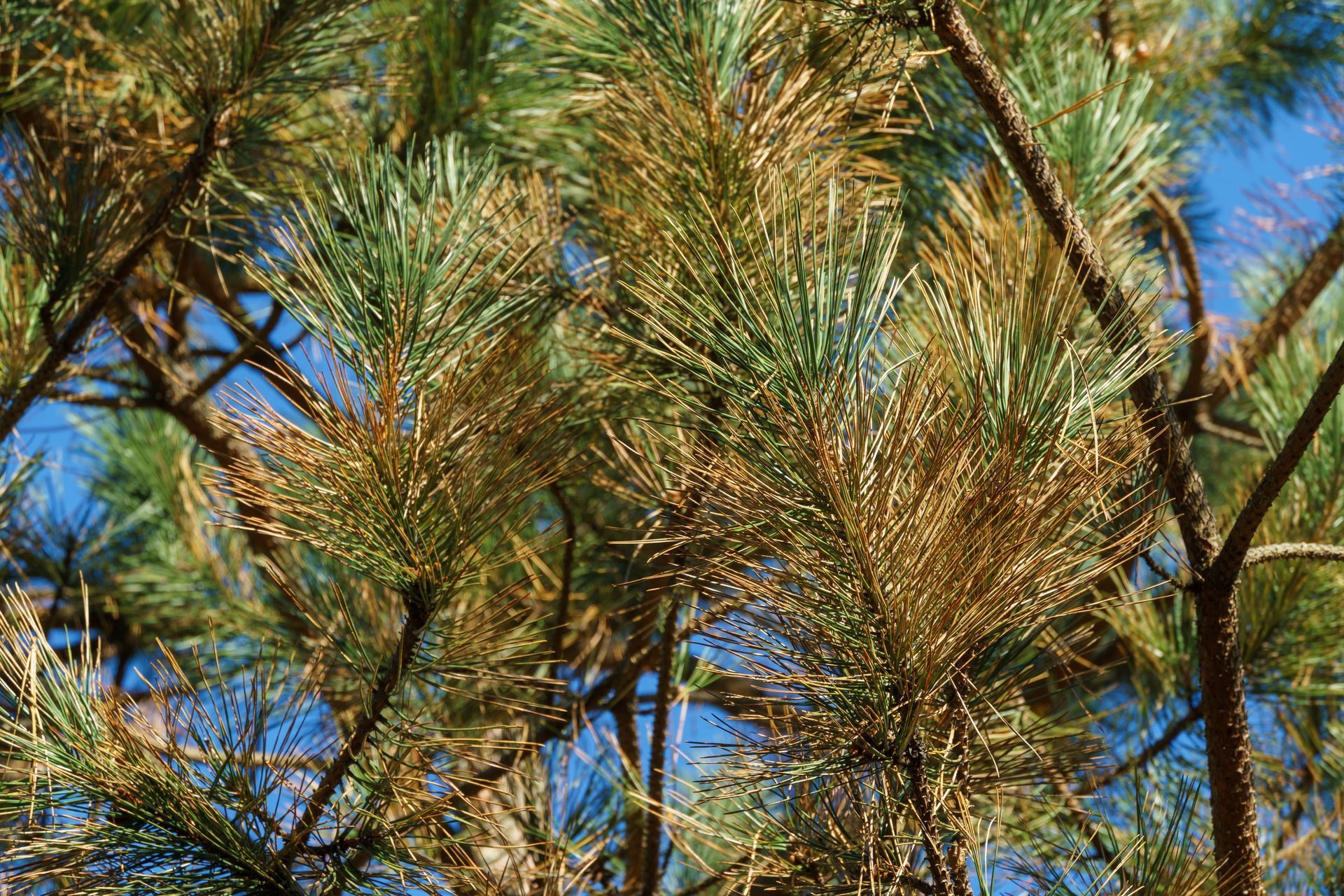
Common Winter Damage & Professional Solutions
| Damage Type | Typical Symptom | Recommended Repair | Service to Request |
|---|---|---|---|
| Frost splits | Vertical cracks on trunk | Cable or brace if structural area; prune loose shards | Tree pruning service near me |
| Snow load breakage | Hanging, partially detached limbs | Remove dangerous debris, make clean cut at branch collar | Professional tree trimming services |
| Sunscald | Bleached, sunken bark patches | Remove loose bark, avoid deep cuts; wrap trunk in fall | Preventive cabling/bracing |
| Salt injury | Browning needles | Rinse soil, apply gypsum; prune deadwood | ISA-certified arborist |
| Root heave/uproot | Soil mound opposite lean | Soil tamping, stake young trees; remove if unstable | Emergency tree removal & stump removal near me |
When to Call a Certified Arborist
- Large or overhead hazards you can’t safely reach from the ground
- Suspected internal decay (sound hollow when tapped or show fungal shelves on bark)
- High-value trees that enhance curb appeal or shade—professional preservation is cheaper than replacement
- Urban or regulated zones where city bylaws require permits for tree removal
If you’re Googling “tree services near me,” vet companies for:
- ISA or Ontario Certified Arborist credentials
- Proof of WSIB and liability insurance
- Up-to-date equipment (aerial lifts, stump grinders)
- Positive reviews in your municipality—whether you’re in Oakville or Milton, need tree trimming Mississauga, or require tree removal Burlington
FAQ
Can I prune winter-damaged branches myself?
Yes—if cuts are under 5 cm in diameter and you can reach them without climbing. Larger limbs require specialized tools and safety gear; hire a professional tree cutting service.
My birch is “bleeding” sap after a cut. Is that bad?
Sap flow looks messy but rarely harms the tree. However, to reduce bleeding, schedule pruning for late summer or hire an arborist to time cuts correctly.
Do I always need stump grinding after tree removal?
Grinding prevents tripping hazards, deters pests, and frees the site for replanting. If you’re planning new landscaping, search for stump removal near me along with your removal quote.
How soon should I fertilize after pruning?
Wait two to three weeks so wounds start sealing, then apply slow-release fertilizer formulated for Ontario soils.
Will insurance cover removal of a storm-damaged tree?
Many policies cover trees that hit insured structures. Document damage thoroughly and coordinate a professional tree trimming services provider like Arborcorp to streamline claims.
Don’t gamble with post-winter hazards
One weak limb can undo an entire season’s curb appeal—or worse, damage your roof. Schedule a Spring Recovery Assessment with Arborcorp’s ISA-certified team today. Our experts will:
- Perform a 360° health check
- Prune frost-killed branches with clean, industry-standard cuts
- Recommend cabling, bracing, or, if necessary, safe tree removal
- Provide written reports for insurance or municipal permits
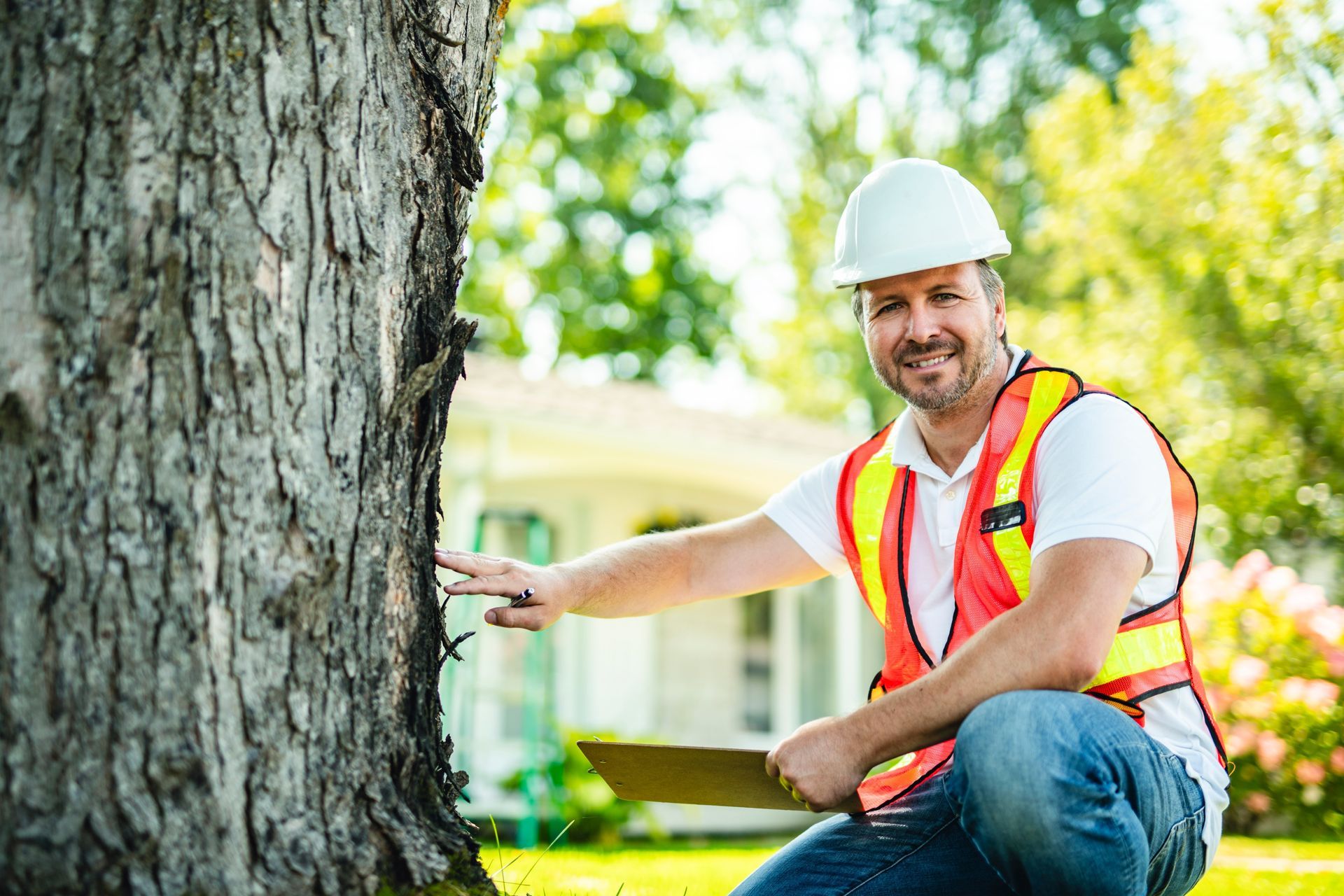
Contact Us
Arborcorp Tree Experts – Serving Oakville, Burlington, Milton, Mississauga, and surrounding communities.
Phone: (905) 827-9103
Email: info@arborcorp.ca
Website: www.arborcorp.ca
With a qualified arborist in your corner—you’ll restore safety, beauty, and vigor to your landscape long before summer barbecues begin. Book your spring check-up and discover why homeowners trust Arborcorp Tree Experts year after year.
Contact Us For A Free no-obligation Quote
